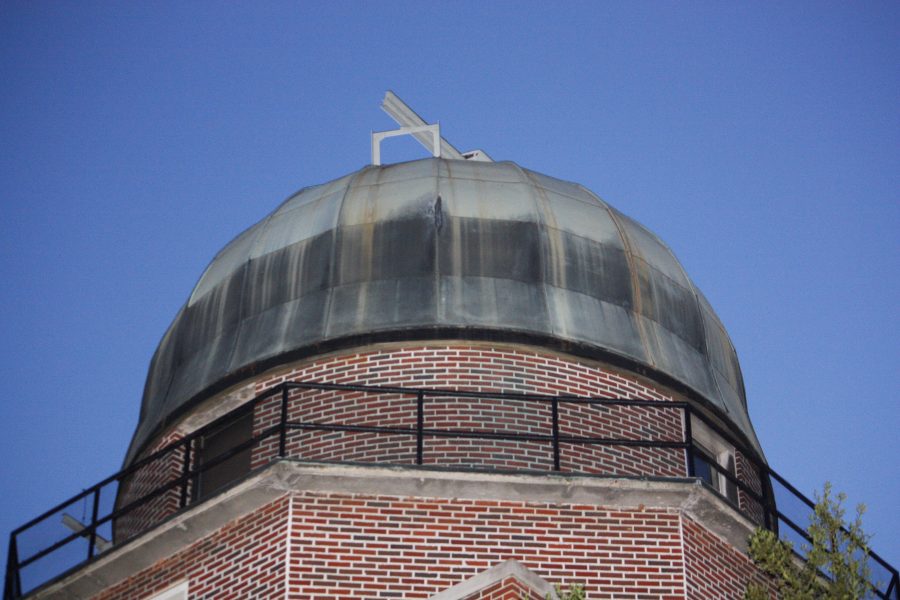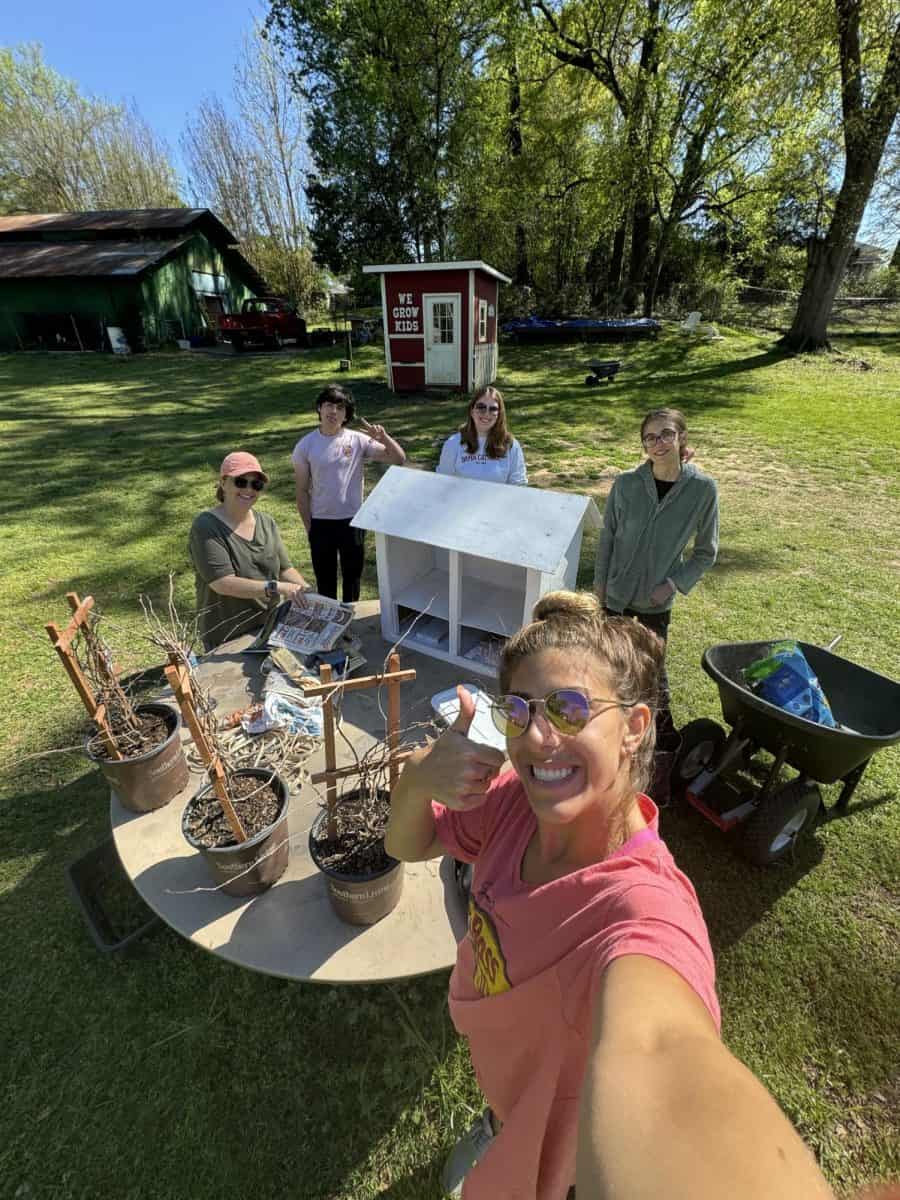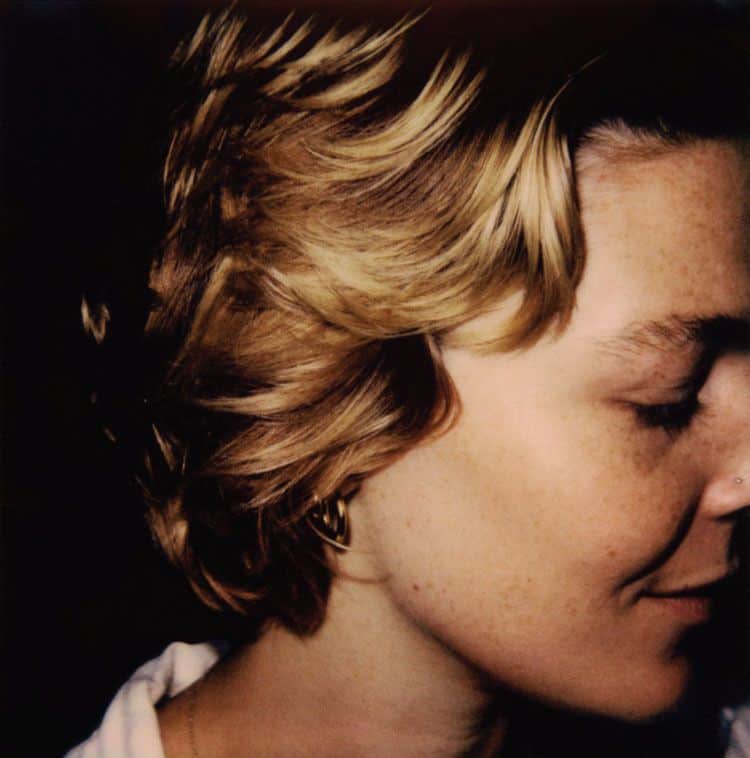Outer space – it’s a subject that seems to hold endless fascination in our culture. From science fiction films where the characters battle among the stars to rom-coms where the lovers simply lie in a field and admire the night sky, we are obsessed. For most, space is appreciated in upward glances from the ground, looking at the moon and the bright stars, not through the lens of a telescope to see Saturn’s rings or distant galaxies.
The University’s astronomy professors gave people that stellar opportunity to glimpse the night sky with their Public Nights series. About once a month, they set up telescopes at Gallalee Hall or Moundville Archeological Park to show people what’s happening in the night sky.
“A lot of times, I would talk to people who still remember coming up here when they were young, when we still had our old telescope 12 years ago upstairs.” said professor Robert Keel, one of the hosts for Public Nights. “People remember how struck they were by their first glimpse of the moon – how arid and lifeless it was.”
For Keel, the memorable moments come when people see a planet like Saturn for the first time.
“You know they’re seeing it,” Keel said. “It looks so unnatural that you hear gasps or exclamations…It looks like the pictures – that’s the thing. But a planet with a flat ring around it does not look like the kind of thing you expect to see in the sky. So you look through the eyepiece and think ‘That’s not real. You put a picture up there didn’t you?’”
Keel said people might be able to still see Saturn at this Friday’s Public Night viewing at Moundville, but the focus will be on the Andromeda Galaxy along with some nebulae and star clusters.
According to professor Ron Buta, Moundville is ideal for looking at things like nebulae and star clusters because there’s less light pollution out there than there is on campus. On campus, the moon, the planets and some bright starts can be observed but for everything else the the department takes telescopes to the park.
“It’s better to see things for real than in a picture,” Buta said. “I’ve seen lots of great pictures but seeing the real thing is very special and for young people especially to see these things, you never know, you might spark an interest.”
Buta’s interest in space started when he was growing up in Baltimore in the 1960s, back when the space race was in its height.
“I was sitting on a couch by a window watching television with my brothers and I was only 13,” Buta said. “Then during a commercial break, I turned my head and looked out the window and I saw a star and it was so bright. For some reason it got me to get up and go out to the back porch in Baltimore and I think I just remember standing and noticing the sky. I wanted to know what star that was.”
He began studying, convinced his stepfather to buy him a telescope and eventually identified the star as Sirius. Those were the first steps in his journey to a PhD and an appreciation of spiral galaxies like the Whirlpool Galaxy and the Milky Way.
Buta said he sees Public Nights as a way to help promote interest and public fascination in the night sky. It also can give children a way to experience the night sky and provide a platform for anyone to ask questions.
One of the questions most asked: do aliens exist?
“In the absence of any data you can’t say one way or the other,” Buta said. “My guess for an answer to such a question is they probably do because we exist…It’s probably exceedingly rare, but the Milky Way Galaxy probably has other possible civilizations.”
While the technology doesn’t yet exist to detect other lifeforms in space, Buta said he thinks it will one day.
“It’s the true unknown because life in the universe is about the universe of the small and everything we know about the universe is learned from the universe of the big,” Buta said. “Big things like stars, which are very large and galaxies which are bigger than stars… but when it comes to things on the scale of life, the scale we find here, it’s unknown, it’s not accessible.”
Friday’s Public Night viewing will run from 7:30 p.m. – 10 p.m. at Moundville Archeological Park and is free admission. Both professor Buta and Keel will be on hand to answer questions and show people the night sky through telescopes.







